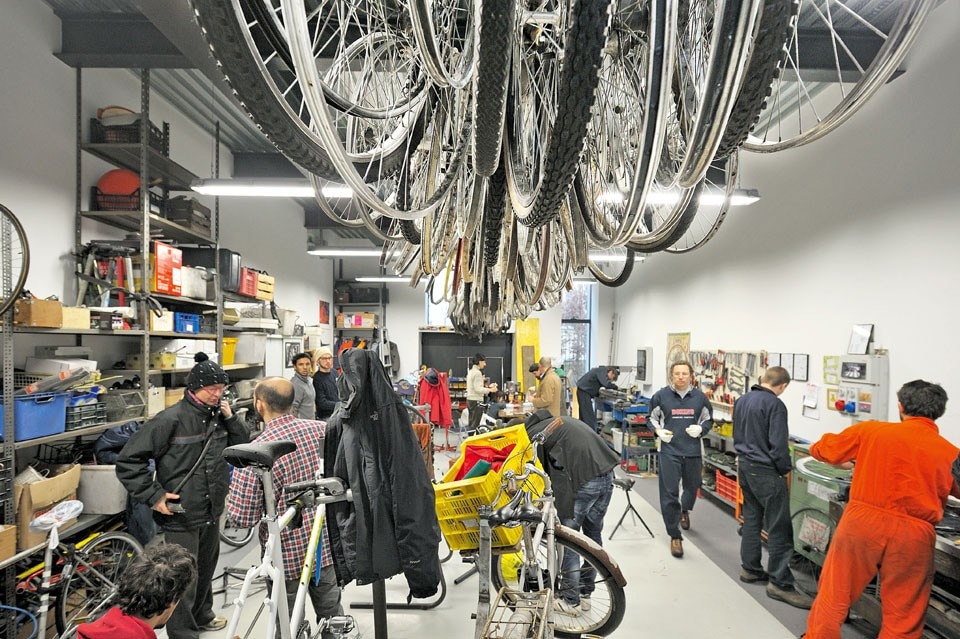The Art Incubator is a small public building occupying just over 800 square metres. Although a modest element within the mammoth redevelopment plan for Milan’s Garibaldi-Isola area, it is an extremely significant structure that makes a fundamental contribution to the urban, social and economic ecology of its surrounding district. Indeed, had the Art Incubator not been built, one might not find any other new buildings in the area today, or, far more likely, the redevelopment plan’s realisation would have created even more acute social tensions.
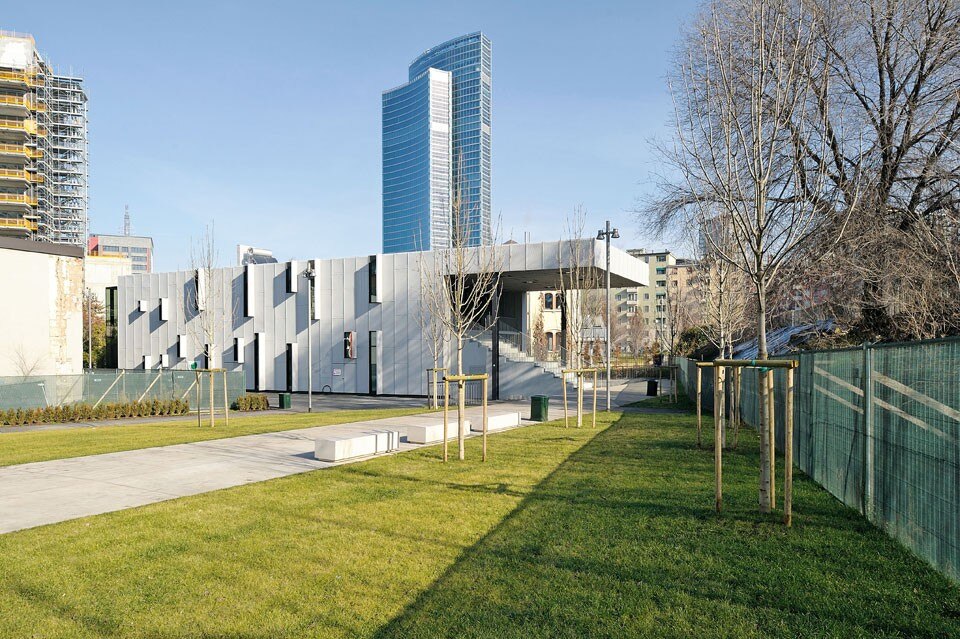
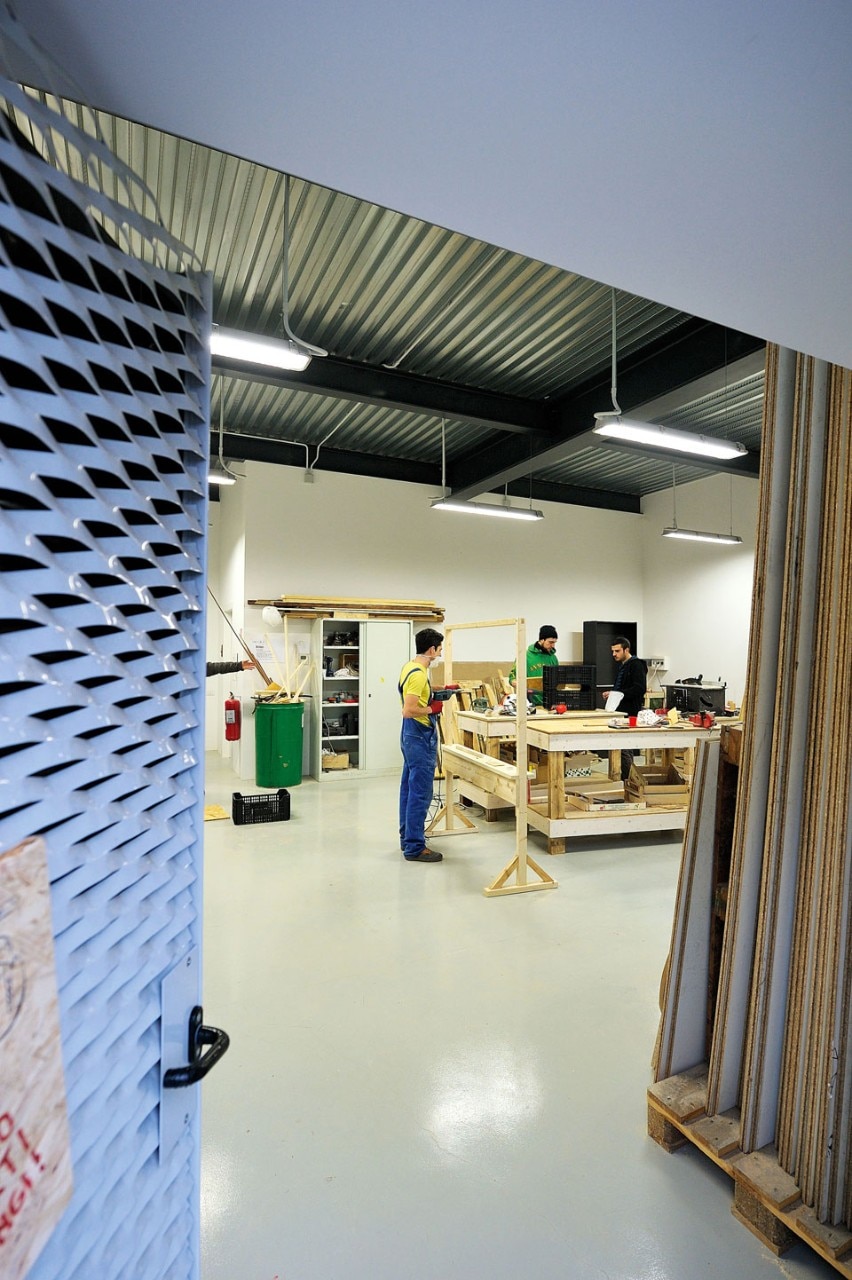
The two-storey structure of the Art Incubator is a simple extended parallelepiped almost entirely clad with expanded aluminium sheet. Its metallic appearance, minute proportions and predominantly light-grey exterior place it in the tradition of light-industry buildings and craftsmen’s workshops that were typical in the second half of the 20th century in Milan. Hence it serves as an appropriate counterpoint to its immediate context, which is composed of utilitarian buildings in traditional bricks, tiles and plaster.
The perfectly contemporary design language of aluminium mesh establishes a remote dialogue with the considerable number of towers that are sprouting up a little further to the north, west and south of the Art Incubator. Oddly, its vertical windows seem to be a precise echo of the buttresses supporting the windowless rear wall of a neighbouring building that overlooks its garden from the east. The roof design was treated with particular care, with the same sheet metal used on the building’s long sides continuing up and over the roof, which features a single slot housing photovoltaic and solar panels. From every point of observation, the incubator is a polite and civilised work of architecture.
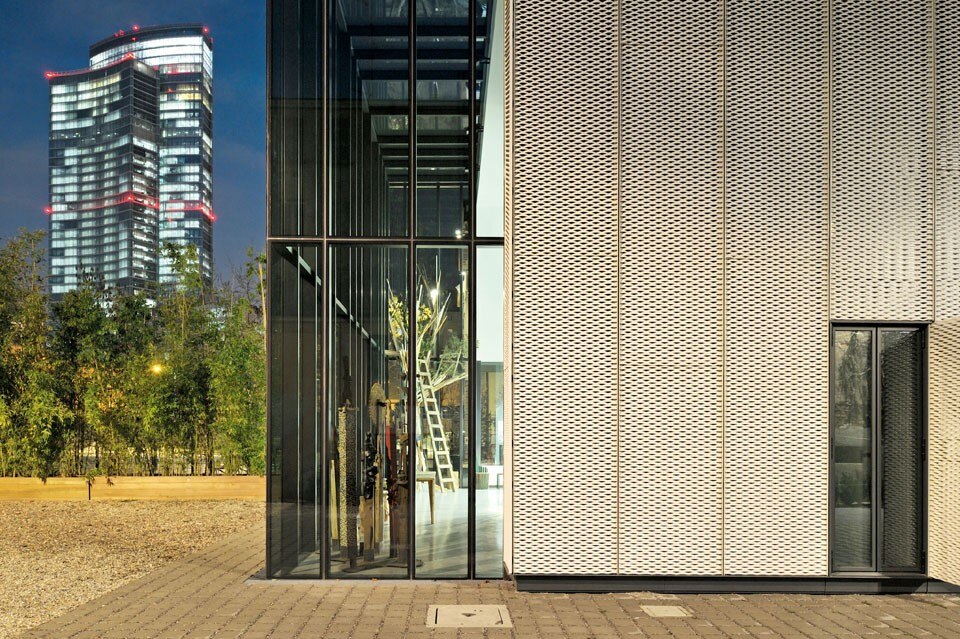
The project was built almost entirely using dry construction methods, from the load-bearing structure and facade wall to the insulation and external cladding. This approach has never garnered much support from the building industry in Italy and is perhaps even less accepted today than it was 50 years ago. Benefits of dry construction include the possibility of easily rearranging the interior spaces (except for the concrete core containing the elevator and toilets), should the associations’ needs or the building’s intended use ever radically change.
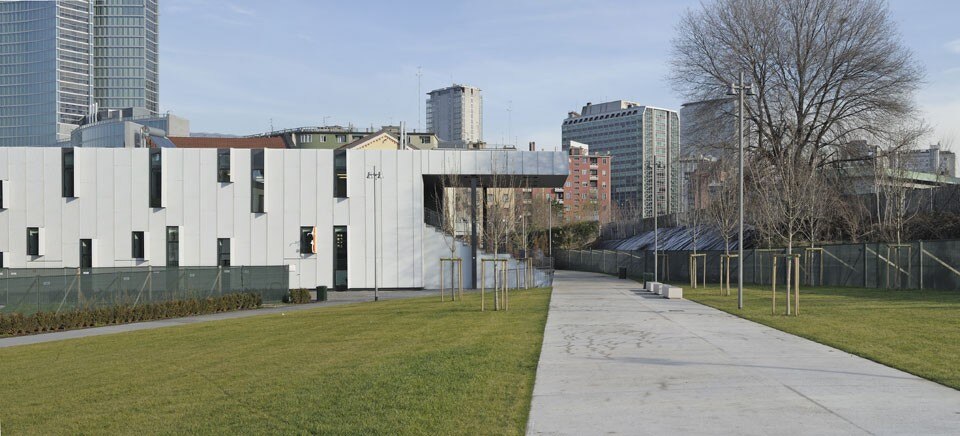
In contrast, the common areas have not abandoned the ambitions of a more defined architectural style, as evidenced in the fine spatial sequence that begins with the large south-facing room on the first floor, overlooking the steps that can be used for outdoor performances and which are protected by a pronounced cantilevered section of the roof. From the room’s elevated position, one will be able to look out over the future Parco della Biblioteca degli Alberi, designed by Petra Blaisse (Inside Outside), with the silver cantilever focusing the view on the spectacle of designed nature, while hiding the tall towers under construction to the south. Andrea Zanderigo, architect
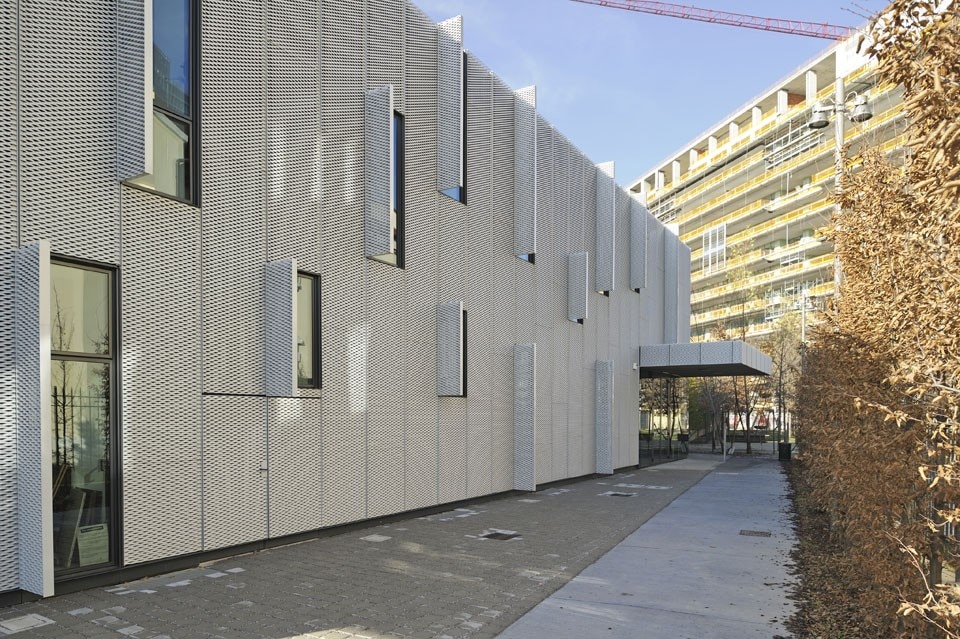
Architects: Boeri Studio (Stefano Boeri, Gianandrea Barreca, Giovanni La Varra)
Design Team: Marco Brega (project coordinator), Chiara Quinzii (project leader); Alessandro Agosti, Daniele Barillari, Frederic De Smet, Kristina Drapic, Marco Giorgio, Inge Lengwenus (collaborators)
Structural and Plant Engineering: TEKNE
Construction Supervision: Boeri Studio, TEKNE
Landscape Design of the Parco della Biblioteca degli Alberi: Petra Blaisse/Inside Outside
General Contractor: COIMA
Client: Hines Italia
Gross Built Area: 800 square metres
Cost: € 1,8 million
Design Phase: 2006—2009
Construction Phase: 2010



